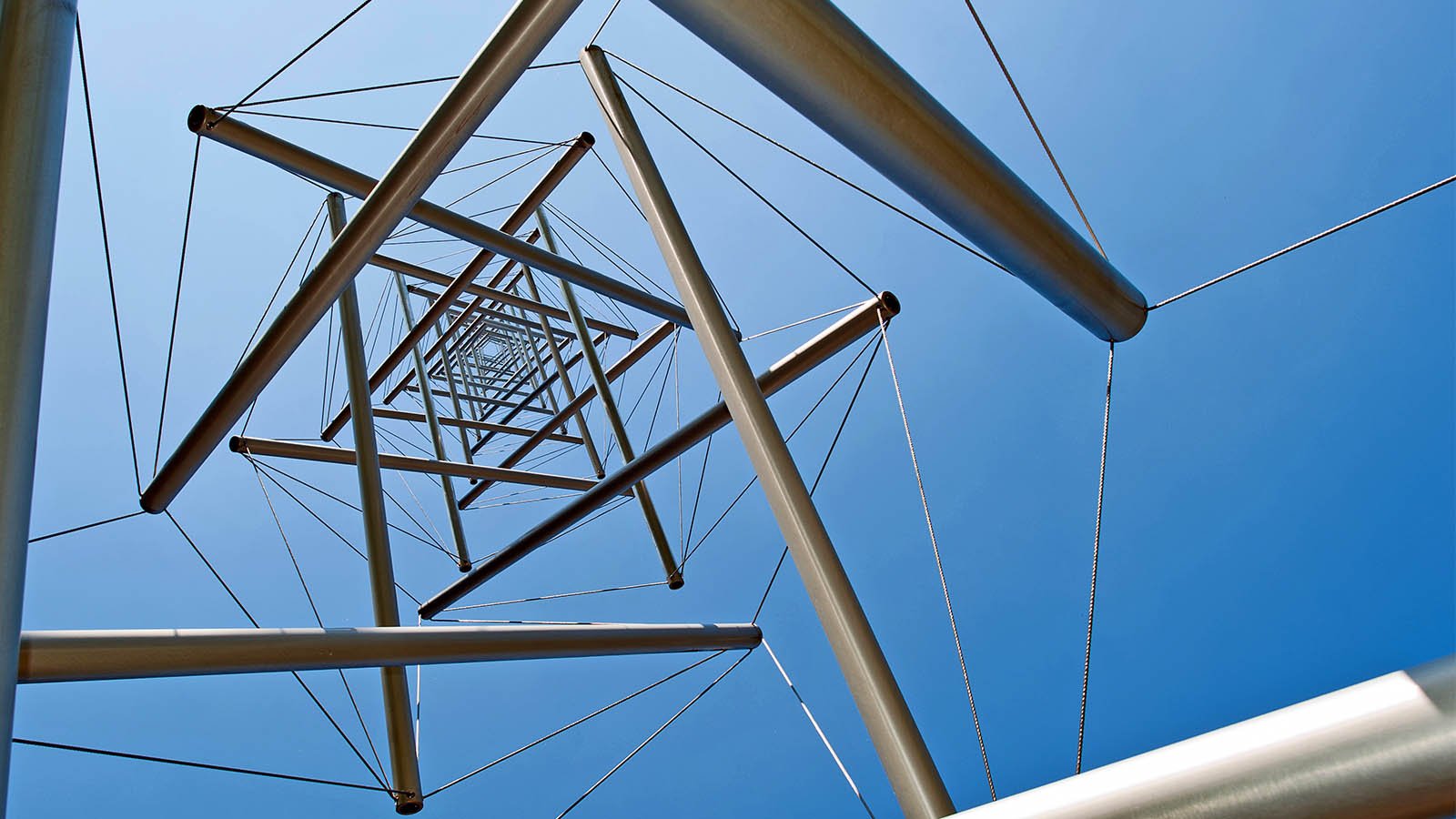
Biotensegrity
What the heck is biotensegrity?!
The best place to begin (IMHO) is with my teachers. Watch this 5 minute compare/contrast between biomechanics and biotensegrity to get a feel for the different perspectives - body as machine, or body as unified organism.
Meet father of biotensegrity, Steven Levin
Orthopedic surgeon Steven Levin spotted the similarities between tensegrity structures and the body. He has made some terrific short video presentations like this one.
Quite a bit older these days, Levin has been interviewed to document the history of how biotensegrity came to be in the “Everything I Know” series on YouTube. It is a treasure trove! The 12-part series playlist is linked through this first video. Some are embedded in “Biotensegritea Parties,” which have been broadcasting live on YouTube since 2020. Another treasure trove!
This hour-long webinar features Susan Lowell de Solorzano, author of the book, “Everything Moves: How Biotensegrity Informs Human Movement” and Graham Scarr, author of “Biotensegrity: The Structural Basis of Life.” These are two thought-leaders in the field of biotensegrity. If you want to hear how Graham explains the temporo-mandibular joint through a Biotensegrity lens, start at 56:41. This might give us a new way of understanding TMJ as a disorder. You can read his research on that here.
This past summer (2024), I hosted a book club using Susan’s amazing book, and she came to our last session. If you’d like access to the replays of all four sessions of the book club, shoot me an email here!
Unlike machines…
We inherited the notion that our bodies are like machines with levers and pulleys and other primitive human-made machines of the 1700s because that’s when biomechanics was taking a fuller form. Fast forward 300+ years and our machines are far more complex and are capable of automated movements that might resemble us much more than they could in the 16th century. Take a look at these amazing machines that have been evolving under our eyes over the last several years from Boston Dynamics.
No doubt that is impressive, and maybe even a little resonant compared to how we move, though I want you to compare that to the ‘Strandbeests,’ by Theo Jansen, which in ways are far simpler without the technology or electricity or programming, though there are aspects of complexity in the way they move, which may feel far more biologically resonant than the intricate machinery above.
The reason these feel so alive is because of the complex interconnectivity throughout its moving parts. For it to have such smooth and continuous motion requires a dance of many ‘elbows’ that communicate with one another. Traditional biomechanics likens our limbs to levers, which by definition are open at both ends, but these elbows create closed chains so energy moves through the system into other elbows, all affecting each other. Take a look at the two short videos below.
Closed Kinematic Chains…
There are closed kinematic chains all over the body, in fact our deep fascia is woven and has a lattice-like appearance, which is why people like fascia researcher Robert Schleip refer to it as the body wide fascial net. Watch anatomist Gil Hedley unpack how this affects stretching here (for some reason the video won’t link to the website).
The adductors and abductors of the vocal folds are closed kinematic chains - you would think that the posterior cricoarytenoids would bring the vocal folds together, but they pivot the vocal folds apart via the arytenoids, while the lateral cricoarytenoids seem like they should bring the vocal folds apart but bring them together. It’s exactly the same organizing principle as Jansen’s strandbeests.
This is an important aspect of biotensegrity - self-similarity. Mother Nature loves a pattern and reuses patterns everywhere and on every scale.
We might understand jaw tension better if we consider the mandible a closed kinematic chain instead of a hinge. This is a part of what Graham Scarr writes about in the article linked above (here it is again so you don’t have to go fishing for it). Here are some images from the article. It might seem like a pulley system, but it’s a pulley that leads to another pulley and then another, and ultimately closes in on itself. This is why it’s important to appreciate the notion that movement in one area of the body is movement and reconfiguration everywhere - the body is close packed, which means there are no spaces unoccupied. More on that below.
Steven Levin has been a busy bee creating wonderful short documentaries about aspects of biotensegrity, and recently (a day ago, at the time of writing this) he produced one on closed kinematic chains. Take a look!
Coming soon…


